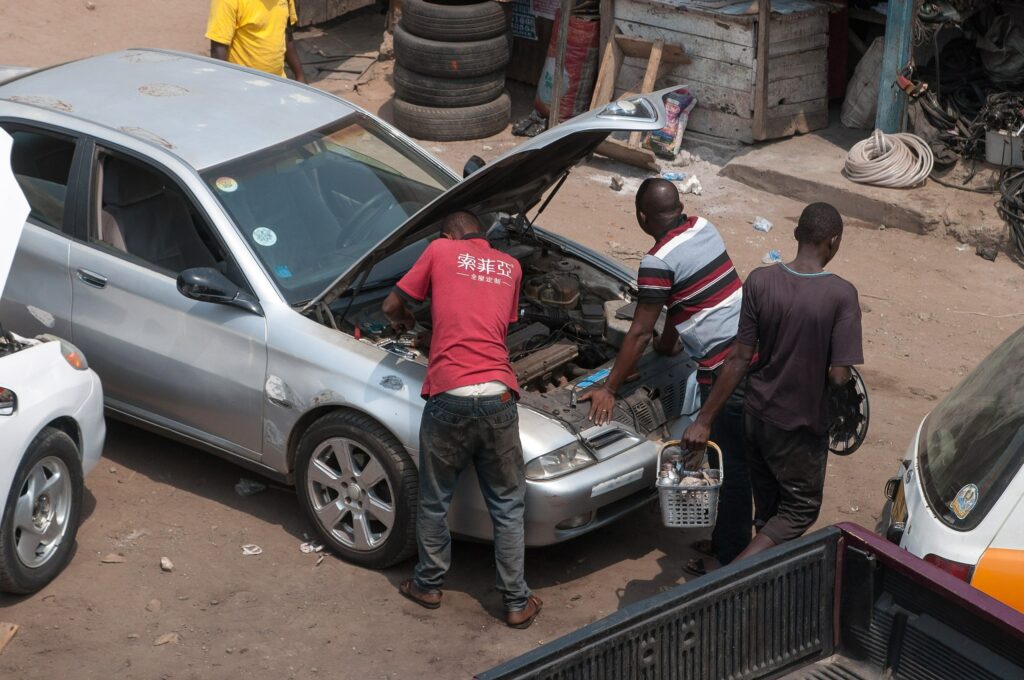
The Math That Changes Everything
Regular maintenance delivers a 545% return on investment while emergency repairs drain savings accounts.
That sinking feeling when your check engine light glows during rush hour traffic? It’s about to cost you serious money. While you’re calculating whether to risk the drive home or call a tow truck, someone else is scheduling their routine oil change for next Tuesday—and saving thousands in the process with smart DIY car fixes.
The brutal economics are simple: a $50 oil change prevents a $5,000 engine replacement. Regular maintenance delivers a 545% return on investment, according to fleet management industry data. Yet most drivers treat maintenance like a Netflix subscription they forgot to cancel instead of the financial strategy it actually is.
Small Bills Beat Big Shocks
Predictable maintenance costs let you budget while emergency repairs force debt decisions.
Vehicle owners spend roughly $900 annually on maintenance and unexpected repairs combined. The difference between smart and costly ownership lies in controlling which category dominates your spending.
Consider the real numbers:
- Oil changes run $35-$80 every 5,000-7,500 miles
- Tire rotations cost $25-$140 every 5,000-8,000 miles
- Brake pad replacements hit $100-$350 every 30,000-50,000 miles
These predictable expenses fit monthly budgets like your Spotify and coffee habits.
Emergency repairs operate differently. Transmission rebuilds and engine overhauls start at $3,000 and climb fast. These aren’t budgetable expenses—they’re financial emergencies that force credit card debt or delayed life plans.
Your Car’s Hidden Savings Account
Well-maintained vehicles retain value while neglected cars become money pits.
Here’s where maintenance becomes wealth preservation: vehicles with documented service histories last longer and sell for more. A high-mileage car with regular maintenance often outlasts and outperforms a neglected low-mileage vehicle.
Smart money budgets $100 monthly for maintenance and unexpected repairs. This approach transforms car ownership from a series of financial ambushes into manageable monthly planning. Think of it as insurance against the kind of repair bills that ruin vacation funds and emergency savings, especially with modern auto repair technologies making diagnostics more precise.
The maintenance mindset shift changes everything. Instead of dreading car problems, you anticipate them. Instead of reactive crisis management, you practice preventive financial planning.
Check your owner’s manual tonight. Set calendar reminders for upcoming services. Your future self—and your bank account—will thank you when everyone else is googling “emergency auto loans” while you’re scheduling routine maintenance.
Last modified: August 23, 2025







